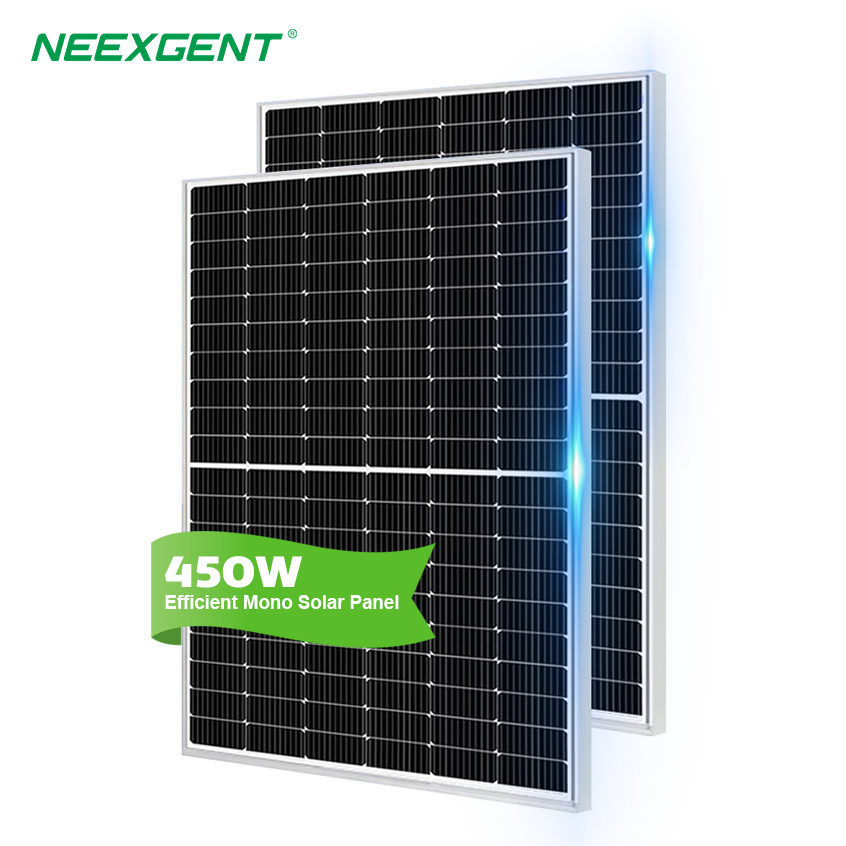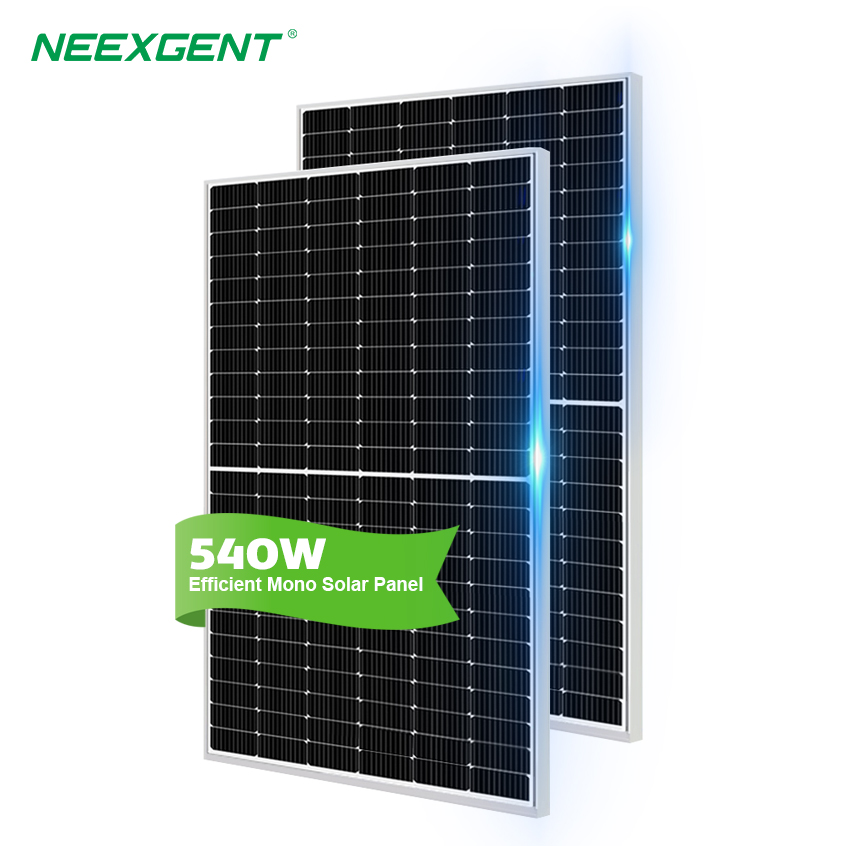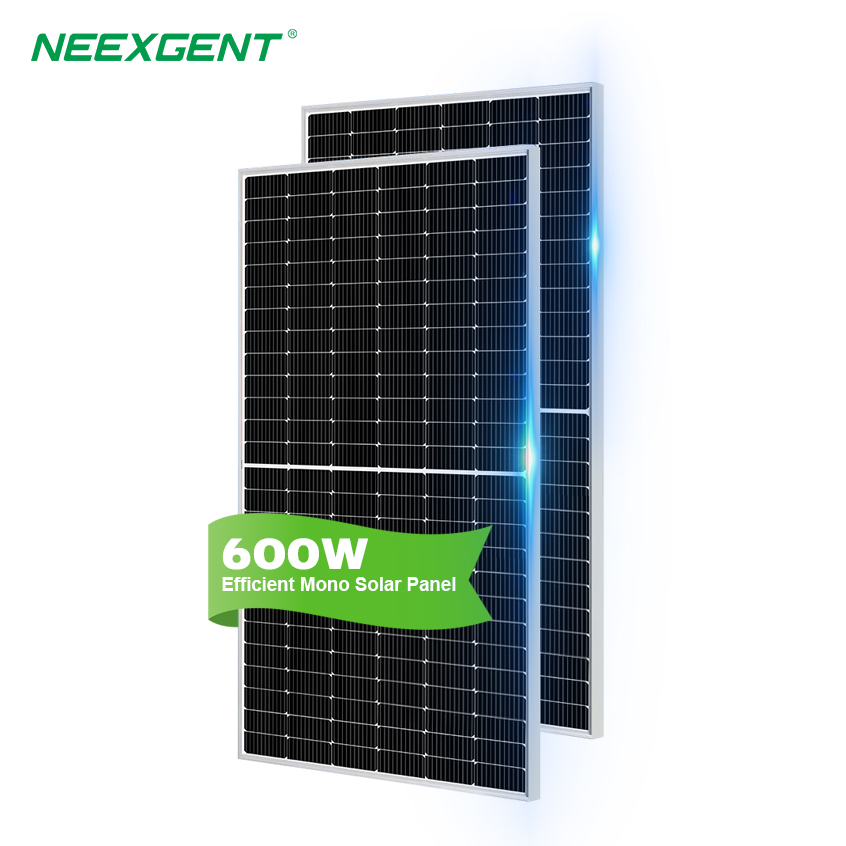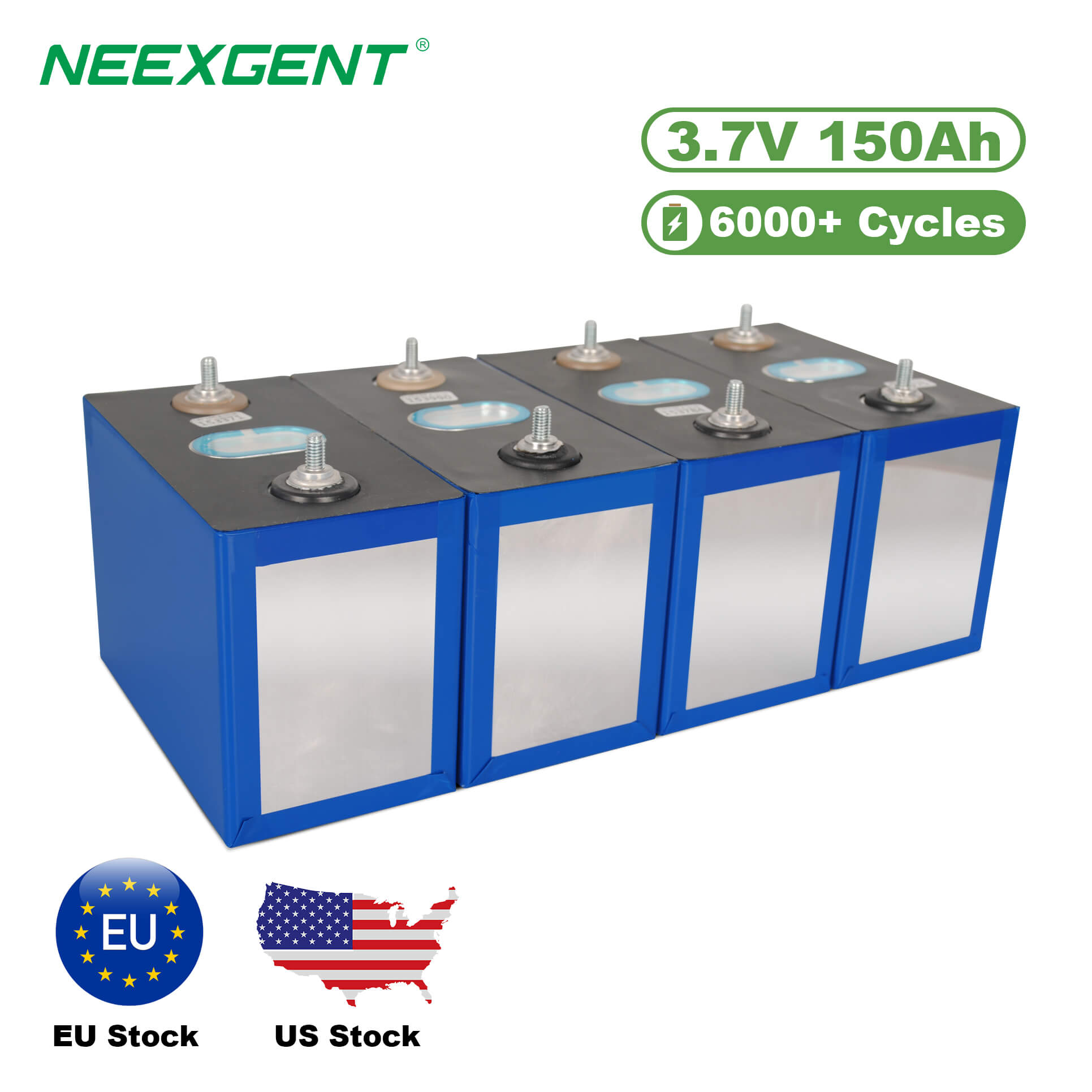Contents:
Over the past decade, solar panels have become a prominent feature of many Western countries' energy landscapes. From suburban rooftops in California to large-scale solar farms stretching across the deserts of Arizona, the use of solar energy has surged in the West. But what drives this growing trend? The reasons are complex and multifaceted, encompassing environmental concerns, economic incentives, technological advances, and governmental policies.
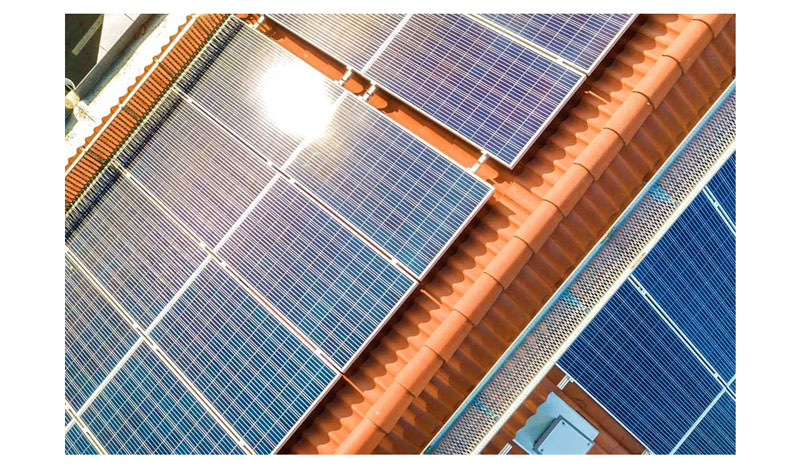
Environmental Consciousness
One of the most compelling reasons for the high number of solar panels in Western countries is the growing awareness of environmental issues. Climate change, rising global temperatures, and the depletion of nonrenewable resources have all highlighted the urgent need for sustainable energy solutions. Solar power, as a clean, renewable source of energy, presents an ideal alternative to fossil fuels. By harnessing the sun's energy, solar panels significantly reduce carbon emissions, helping mitigate climate change and improve air quality.
Government Incentives and Policies
Governments in many Western nations have played a crucial role in encouraging solar adoption. For instance, in the United States, federal and state-level incentives like the Investment Tax Credit (ITC) provide substantial tax rebates for solar installations. Similarly, in Europe, countries like Germany and Spain have long offered feed-in tariffs, where solar energy producers are paid for the electricity they generate. These financial incentives have made solar power more affordable, reducing the upfront cost of installation and making it more accessible to homeowners and businesses alike.
Additionally, many Western governments have set ambitious renewable energy targets. The European Union, for example, has committed to achieving net-zero greenhouse gas emissions by 2050. To meet these goals, countries are investing heavily in renewable energy technologies like solar power, ensuring that solar panels continue to proliferate across the continent.
Technological Advances and Falling Costs
The cost of solar technology has dramatically decreased over the years, making it an increasingly viable option for individuals and businesses. Advances in photovoltaic (PV) cell technology, improved manufacturing processes, and economies of scale have all contributed to lower costs for solar panels. As a result, the price of solar installations has dropped significantly, making them competitive with traditional forms of electricity generation.
Solar energy is no longer a luxury reserved for affluent homeowners; it is an affordable solution for a broad range of consumers. As solar technology continues to improve, even more efficient and cost-effective panels are expected to enter the market, further driving widespread adoption.
Energy Independence and Security
Another important factor driving the adoption of solar panels in the West is the desire for energy independence. Many Western countries, particularly those with limited domestic fossil fuel resources, have recognized the strategic importance of diversifying their energy portfolios. Solar power offers a way to reduce dependence on imported oil and natural gas, which can be subject to geopolitical risks and price volatility.
Solar energy also plays a role in enhancing energy security by providing a reliable, decentralized power source. Unlike fossil fuel-based energy grids, solar power can be generated locally, reducing the risk of power outages caused by disruptions in energy supply chains.
Consumer Demand and Corporate Responsibility
As public awareness of environmental issues has grown, so too has consumer demand for sustainable products and services. Many individuals are choosing to install solar panels on their homes not only to reduce energy costs but also to make a positive environmental impact. In addition, businesses are increasingly adopting solar energy to reduce their carbon footprints and demonstrate corporate social responsibility (CSR).
Major corporations like Google, Apple, and Walmart have made significant investments in solar power, both for their operations and as part of their broader sustainability goals. These companies are setting examples for smaller businesses and consumers, showing that solar energy is a smart choice for the future.
The Role of Solar Farms
In addition to residential and commercial rooftop installations, large-scale solar farms have become a common sight in Western countries, particularly in the United States and parts of Europe. These solar farms consist of thousands of solar panels that generate electricity for entire communities or even regions. They are often located in areas with high sun exposure, such as deserts or open plains, where the efficiency of solar power generation is maximized.
Solar farms play a critical role in the transition to renewable energy by providing a significant amount of electricity to the grid. They also help lower the cost of solar energy through economies of scale and are often paired with energy storage solutions to provide a consistent and reliable power supply.
Growing Global Awareness and Market Expansion
While solar energy is thriving in the West, it is also gaining traction in other parts of the world. As the global demand for renewable energy increases, countries in Africa, Asia, and Latin America are investing in solar technology. Western countries, with their advanced solar technologies and large-scale manufacturing capabilities, are often at the forefront of these international efforts.
In conclusion, the proliferation of solar panels in the West is driven by a combination of environmental awareness, supportive government policies, falling technology costs, and growing consumer demand. As solar technology continues to evolve, it is expected that solar power will play an even more significant role in the global energy mix in the years to come.
FAQs

